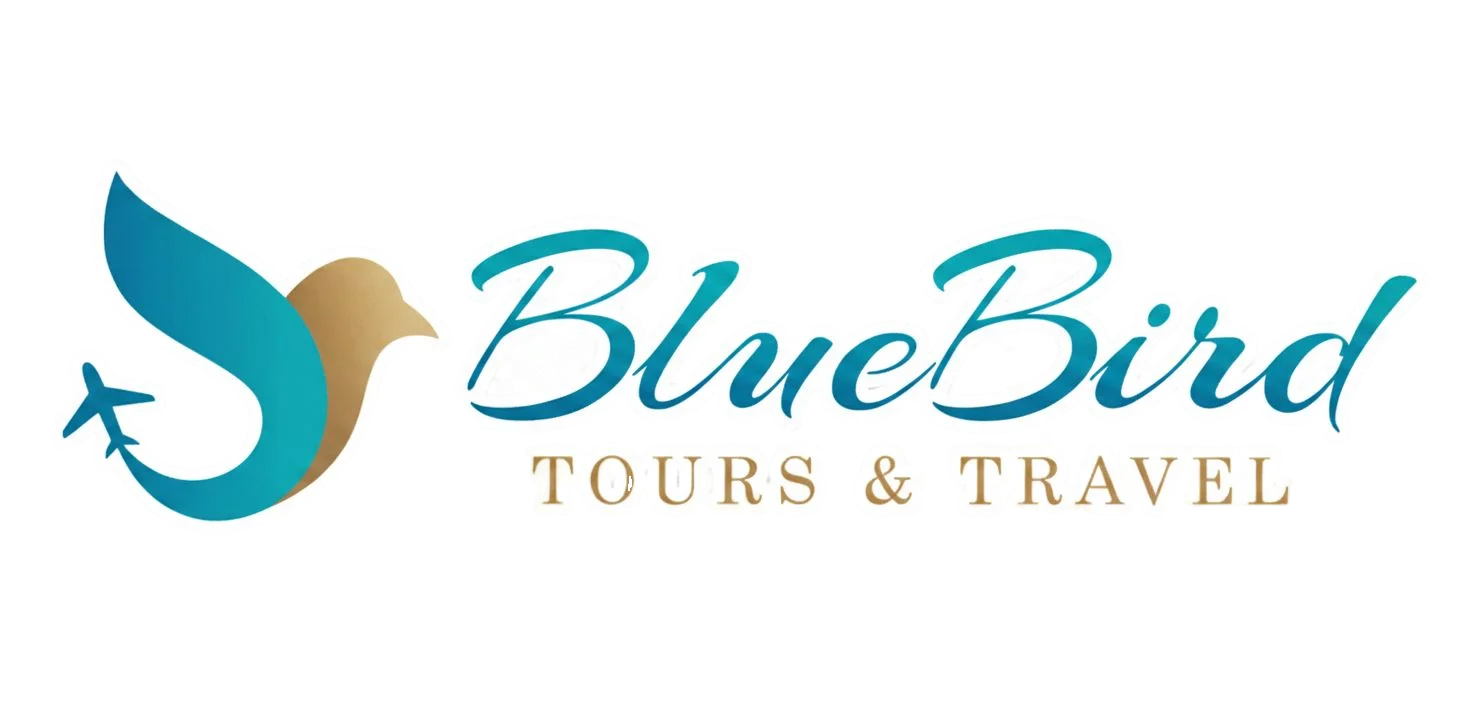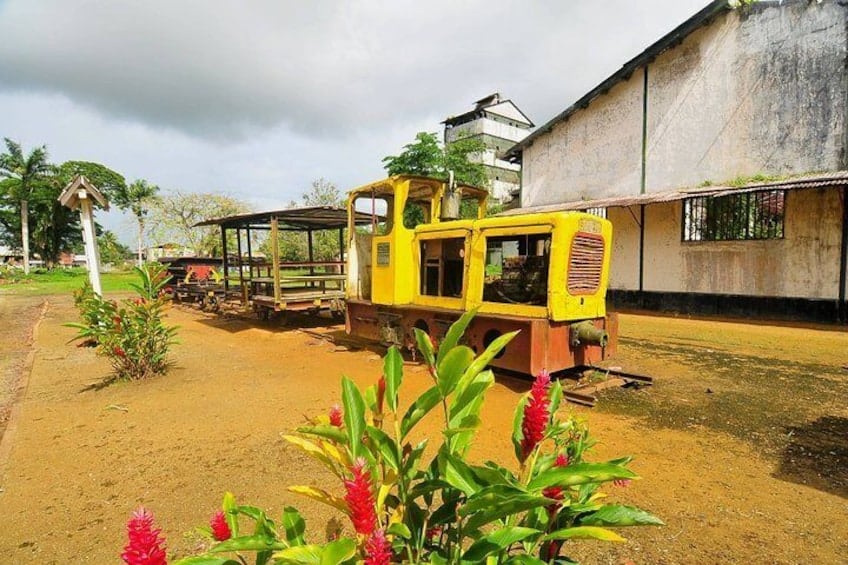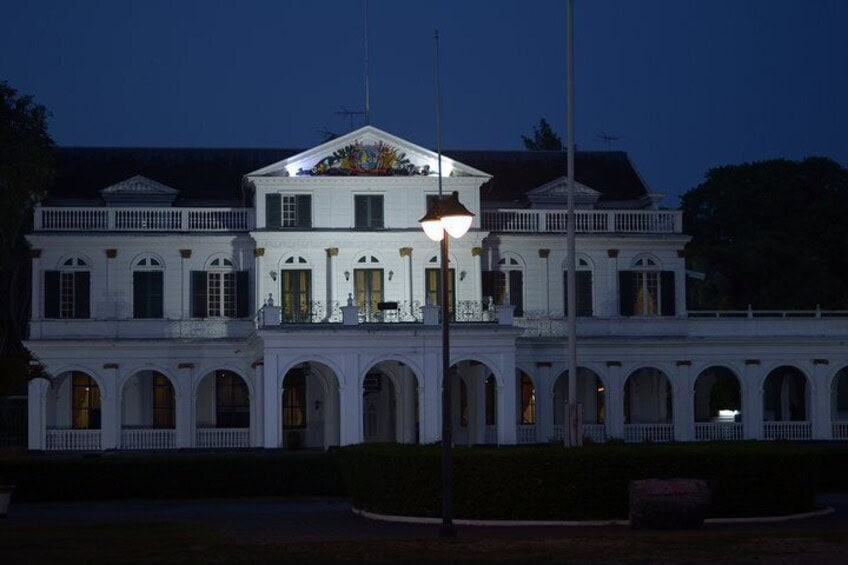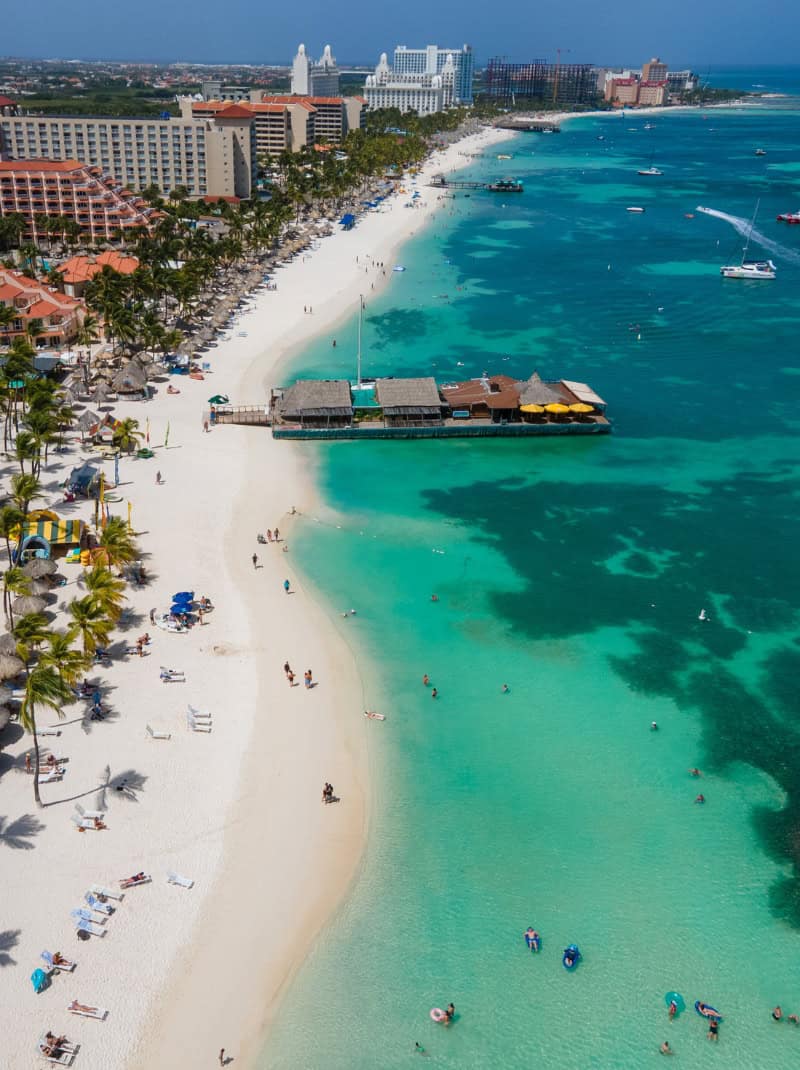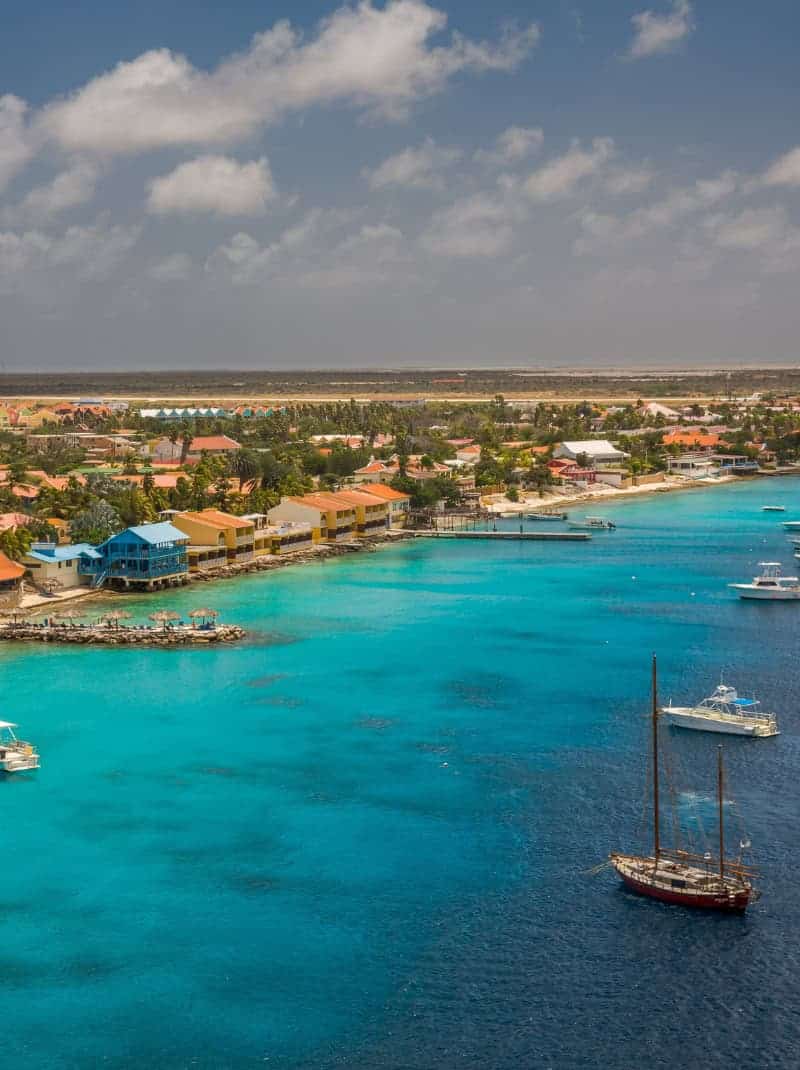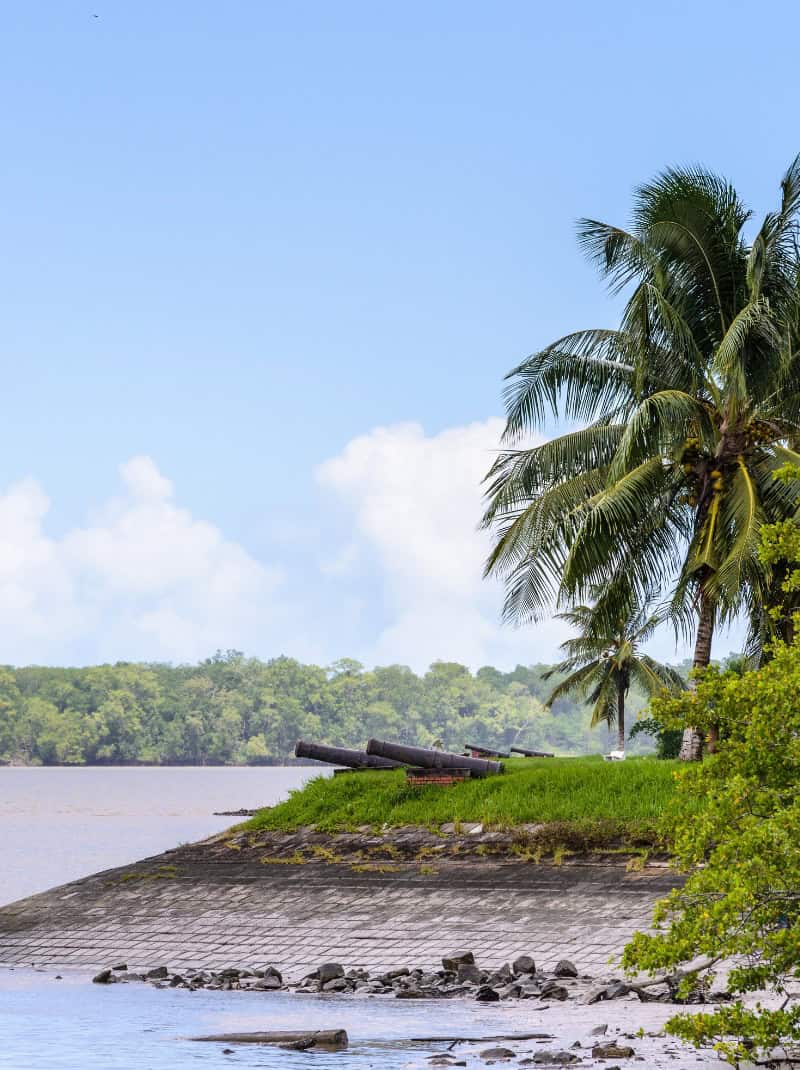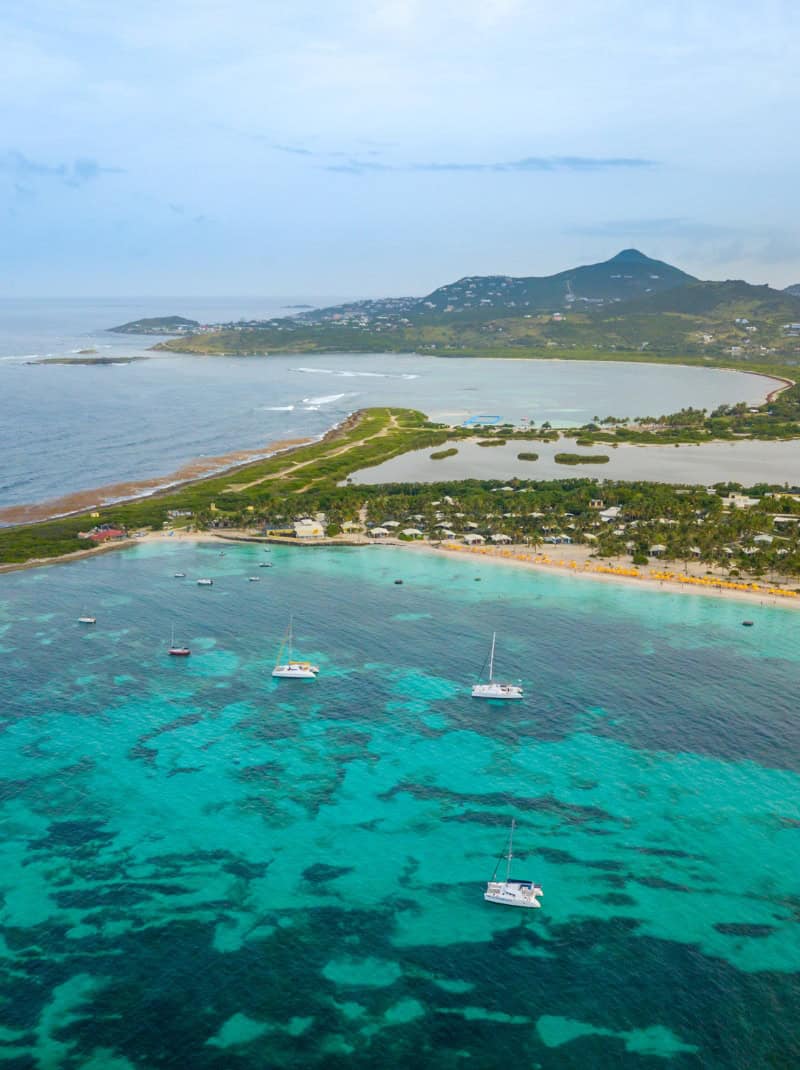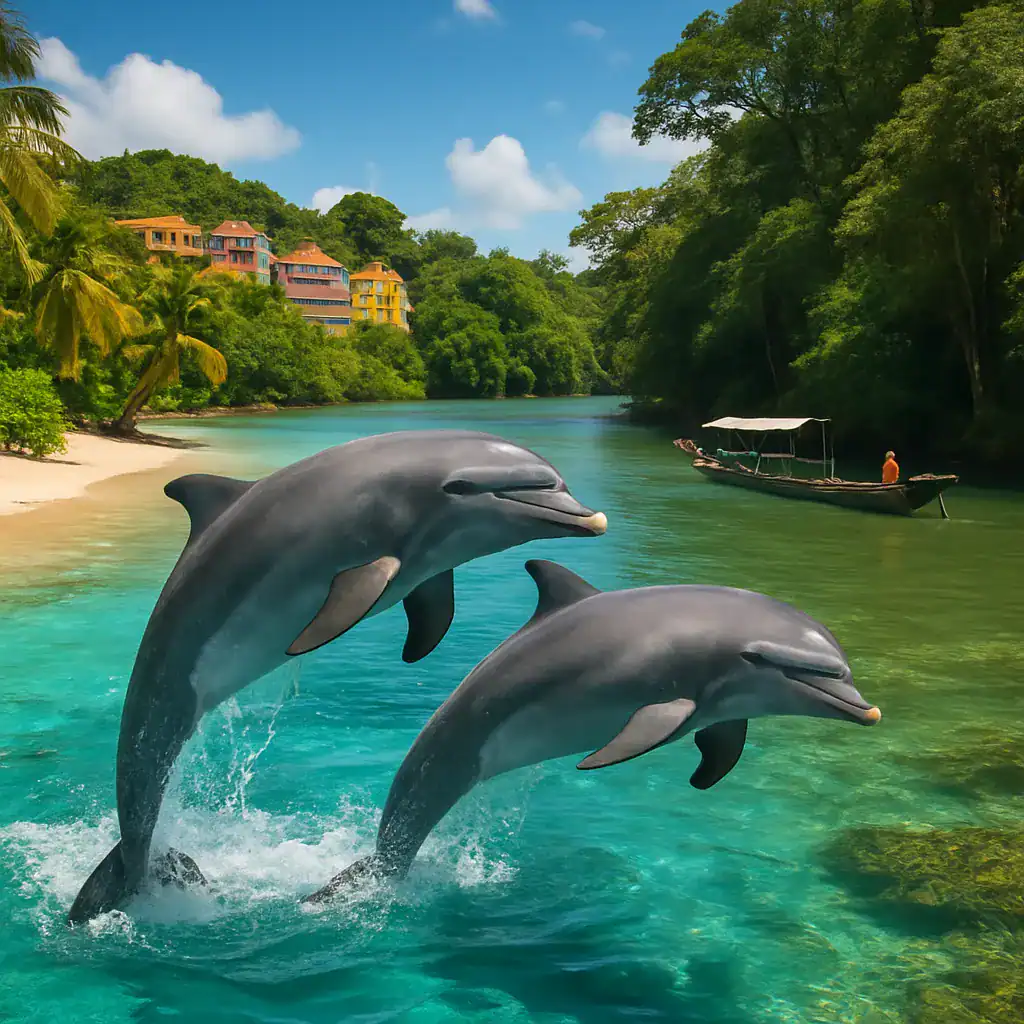
Dolphins in Suriname — a fascinating exploration along the rivers
A short introduction: why these dolphins and where to find them
What makes dolphins in Suriname so fascinating to see? They are among the most charming inhabitants of the Surinamese waters and bring a shimmering dynamism to the tranquility of the river. In the Matapica swamp and along the Guiana River Dolphins you can often spot them during organized dolphin tours. These animals belong to the species Sotalia guianensis (also known locally as the Profosu) and are known for their clever behavior, curious nature, and playful jumps. For visitors, this offers a unique opportunity to experience Suriname’s nature in all its colors, accompanied by a Dutch-speaking guide who explains the area and encourages respect for the animals.
What does this mean for your physical and mental health? Observing animals in the wild can promote relaxation, deepen breathing and reduce stress. Exploring the Surinamese waters with a responsible tour also stimulates attention and mindfulness, allowing you to step out of the daily routine for a while and sharpen your senses. The heritage of local communities, including traditional boating techniques and biodiversity monitoring, adds an educational layer to such an experience, so you not only enjoy but also learn about conservation and conservation. In addition, you can enjoy quiet moments on the water, which contributes to better sleep patterns and better overall well-being. By treating animals and the environment with respect, you contribute directly to the maintenance of the Surinamese waters and the protection of the species Sotalia guianensis for future generations.
Dolphins in Suriname: Health, ecology and tourism production
Nature and ecology of dolphins in Suriname
The dolphins in Suriname consist mainly of the species Sotalia guianensis and are found in rivers and along the Guiana River delta. They play an important role in the ecosystem of the Matapica swamp and along other rivers that connect the area to the Atlantic Ocean. Visitors can often observe them during organized dolphin tours; These experiences are led by expert guides and contribute to a deeper understanding of local biodiversity. During the
caiman and dolphin tour,
visitors can observe in a responsible way without disturbing the animals. In addition, travelers can sometimes also observe pink river dolphins , which is rare but unforgettable. Such observations emphasize the importance of tranquility and respect when observing, ensuring that habitats remain intact. Local partnerships, such as those with nature and heritage organisations, strengthen education about biodiversity and habitat conservation. English-speaking guides play a crucial role here in explaining behavior, habitat, and the cultural context surrounding dolphins.
Visitor health and well-being
Observation of animals in a calm water environment can directly contribute to health. Tours combine long exposure to fresh air with relaxation, which can lead to lower stress levels, better breathing and improved sleep quality. Through mindfulness and presence in the moment, one can increase overall well-being. Responsible tourism guidelines ensure physical safety, minimize exhibits, and reduce exposure to noisy boats. Being in touch with nature also stimulates cognitive focus, which can be positive for mental health after busy daily routines.
Production, economy and sustainability
The demand for dolphin experiences supports production processes in the tourism industry and provides income for local communities. Local guides, boat operators and artisans are taking advantage of this demand and investing in training that improves safety and quality. Partnerships with organizations such as Green Heritage Fund Suriname promote biodiversity monitoring and educational programs for visitors, contributing to sustainable tourism and habitat conservation. Such programmes link tourism activities to conservation and transparent monitoring.
Responsible tourism and best practices
- Reduce boat noise and speed
- Respect distance and avoid interactions that cause stress
- Don’t leave any waste behind and use ecologically responsible products
- Work with certified guides and organizations
A useful comparison of health impact and economic benefits can be shown in the table below:
| Aspect | Impact |
| Visitor | Stress reduction, better breathing and more restful sleep. |
| Economic benefits for local community | Jobs, income and strengthening local businesses. |
| Conservation and education | Educational programs and monitoring strengthen habitat conservation. |
In summary, dolphins in Suriname and the associated tour tips contribute to a healthier lifestyle, while also creating economic opportunities that can lead to better health and environmental outcomes in the long term. Consistent commitment to responsible tourism ensures that Suriname’s dolphins are preserved for future generations and that visitors experience a meaningful connection to Surinamese waters.
Frequently asked questions (FAQs)
What makes dolphin watching in Suriname so unique and which locations such as Matapica swamp and Guiana River Dolphins are recommended?
A Dolphin Tour through the Surinamese waters combines peace, nature and education in a unique way. Dolphins such as Sotalia guianensis are regularly seen in the Matapica swamp and along the Guiana River Dolphins, so sightings are often part of a special day program. With an English-speaking guide , you will receive clear explanations about behavior, habitats, and conservation, so that you observe respectfully. Plan your trip early in the morning when the animals are more often at rest and the odds vary. It often ends with unforgettable jumps and playful behavior at the end of the tour.2|What health benefits are involved in a dolphin tour and how do responsible tourism and Dutch guides contribute to a positive experience?The health benefits of a dolphin tour include reduced stress, clear breathing, and an overall sense of well-being after the tour. The fresh air and calm river environments promote mindfulness and relaxation. Responsible tourism provides education about biodiversity and conservation, while a Dutch-speaking guide and partners such as Green Heritage Fund Suriname provide clues about behavior and habitats. By respecting the animals and minimal noise pollution, the environment remains intact and future travelers can enjoy Surinamese waters and special species such as pink river dolphins.
What health benefits are involved in a dolphin tour and how do responsible tourism and Dutch guides contribute to a positive experience?
The health benefits of a dolphin tour include reduced stress, clear breathing, and an overall sense of well-being after the tour. The fresh air and calm river environments promote mindfulness and relaxation. Responsible tourism provides education about biodiversity and conservation, while a Dutch-speaking guide and partners such as Green Heritage Fund Suriname provide clues about behavior and habitats. By respecting the animals and minimal noise pollution, the environment remains intact and future travelers can enjoy Surinamese waters and special species such as pink river dolphins.
How do initiatives such as Green Heritage Fund Suriname contribute to biodiversity, education and sustainable economic benefits for local communities?
Responsible tourism links preservation to education and local economy. For example, initiatives such as Green Heritage Fund Suriname contribute to biodiversity monitoring, educational programs and transparent accountability. Visitors learn about animal welfare, habitats, and local culture during DOLPHIN SUNSET TRIP activities and Dolphin Tour options. These initiatives strengthen habitat conservation around Matapica swamp and Surinamese waters, while involving local guides in training and quality assurance. This creates a sustainable model for the longer term.
What safety rules and etiquette apply on a caiman and dolphin tour to protect both people and animals?
Safety and etiquette are paramount on a caiman and dolphin tour. Always follow the instructions of the guide, keep an appropriate distance from both animals and minimize noise and speed of the boat. Do not carry waste behind and use environmentally friendly products. Respect rest periods and observe from a stable position on the boat to avoid disturbance. With a responsible approach, the experience remains safe for you and the animals, while local guides provide clear explanations and safety.
What role do local guides and economic benefits for the community play in these experiences, and how do they connect with the Surinamese waters?
The economic added value of dolphin tours for the community comes mainly from local guides, boat operators and artisans. These activities provide jobs, income and strengthen local businesses. Partnerships with organizations such as Green Heritage Fund Suriname ensure transparent monitoring and education, resulting in more sustainable tourism. By working together with certified guides and recognized organizations, the quality remains high and the support among the population grows to continue to support nature conservation.6|Are there specific seasons or times to see pink river dolphins or other species, and what are some tips for observing them safely?|Sightings of pink river dolphins and other species are possible throughout the year, but some periods offer better opportunities depending on rainfall, river levels and feeding patterns. An English-speaking guide can give up-to-date recommendations and tips about places such as Matapica swamp and the river delta. Take weather conditions into account and plan flexibly. This way you maximize chances of special encounters without disturbing the animals.
Are there any specific seasons or times to see pink river dolphins or other species, and what are some tips for observing them safely?
Sightings of pink river dolphins and other species are possible throughout the year, but some periods offer better opportunities depending on rainfall, river levels and feeding patterns. An English-speaking guide can give up-to-date recommendations and tips about places such as Matapica swamp and the river delta. Take weather conditions into account and plan flexibly. This way you maximize chances of special encounters without disturbing the animals.
What is a typical day planning around a DOLPHIN SUNSET TRIP and which combinations with other attractions provide a full Surinamese experience?
A typical DOLPHIN SUNSET TRIP combines early boat start, quiet dolphin observations, lunch and a sunset. You often see Surinamese waters in a different light and get an explanation about habitat and behavior of the Guiana River Dolphins. The tour can be linked to visits to local plantations, cultural stops and a short boat ride along Fort Nieuw Amsterdam. The whole delivers a complete Surinamese experience with conservation and responsible tourism practices.
How can you contribute to maintaining and minimizing impact during tours, including choosing certified guides and non-alcoholic beverage options?
Learn how you can contribute to conservation by choosing certified providers and eco-friendly options. Use non-alcoholic beverage options and don’t leave any waste behind. Follow the guidelines for distance and silence at all times to avoid disturbance. Together with Dutch-speaking guides and Green Heritage Fund Suriname you can be aware; you will contribute to monitoring programs, education and sustainable practices necessary for long-term conservation of Suriname’s waters.
Your journey, just the way you want it
Whether you dream of a private snorkeling tour, a surprise trip for a special occasion or just want to be completely unburdened, we will arrange it!
Together, we’ll put together a unique experience that perfectly suits your needs. Personalized, flexible and organized to perfection.
